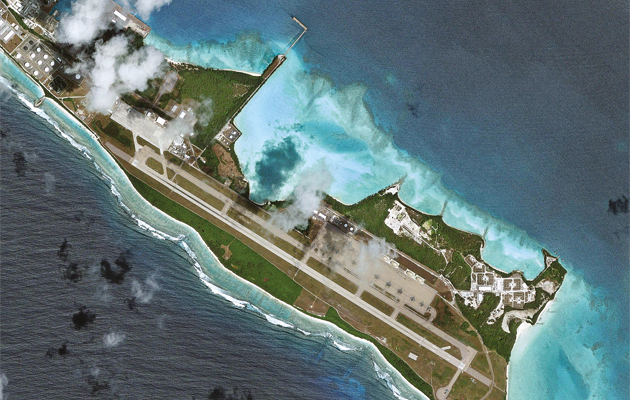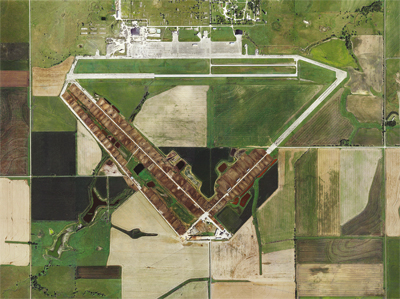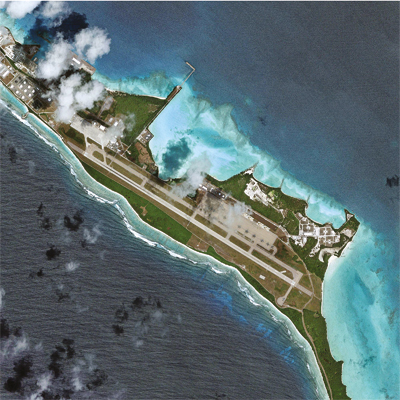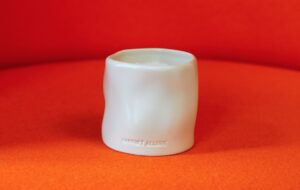|
Diego Garcia, Indian Ocean, 2010 (images: Mishka Henner/Carroll & Fletcher) |
||
|
Henner’s photography, on display in London until 31 May, explores how satellite imagery can tell us new things about man’s effect on the landscape In his first solo show in the UK, the Belgian-born, UK-based photographer Mishka Henner presents several thoughtful examples of what photography can do in the age of Google Earth and the aerial drone. From a distance, the Oilfields series could be large-format photographs – aerial counterparts to Edward Burtynsky’s landscapes. Henner’s huge images, however, aren’t made with a large-format camera, but built up by the careful collation of Google Earth maps and GIS data. Levelland and Slaughter Oil Field (2013-14), for example, is a grey-brown grid of fields covered in a network of white paths which end in a series of clearings where tiny oil pumps sit. The details of the digital maps have been blown up so much that these collages look almost like oil paintings. As photographs, they look entirely fake, but tell us more about the landscape than anything Henner could capture with a single camera. On a table by the oil series is a series of historic black-and-white photographs of gushers in a Becher-like grid. It’s exactly the kind of work Henner doesn’t make himself, but throughout this exhibition, he nods to other kinds of photography and to earlier eras. The Feedlots series also features landscapes seen from the air. Feedlots are the terrifying farms in Texas, Kansas and California where beef cattle are fattened up before slaughter. Centrefire Feedyard, Ulysses, may sit in a green landscape, but it runs through vast amounts of corn feed, which means making vast amounts of chemical fertiliser, creates toxic waste, and diverts water in dry areas. Henner’s images, using public-domain data, have been taken up by environmental activists, since straightforward documentation of these areas is often gagged by farming interests.
Black Diamond Feeders Inc, Airbase, Herrington, Kansas, 2013-2014 As early photography challenged simple representation in painting, so Google’s robots – or US drones – challenge the living, breathing photographer. Unlike Trevor Paglen in his Drone Vision project, Henner seems less of a conceptual prankster; he’s more directly interested in the world – and more concerned with photography itself. Henner used to be a documentary photographer but rarely takes pictures now, choosing instead to collect and analyse the burgeoning stores of online imagery. His series, 51 US Outposts, shows official – and secret – military bases, the existence of which he has gathered from a range of sources. At Carroll & Fletcher they were cleverly installed on a grid of cuboid plinths, which invited visitors to walk around and look down at them, like pretend-generals in a mock-situation room. The heroic age of aerial photography was after the First World War, when figures like the fabulously eccentric OGS Crawford realised
|
Words Fatema Ahmed
Black Diamond: Mishka Henner
|
|
|
||





















